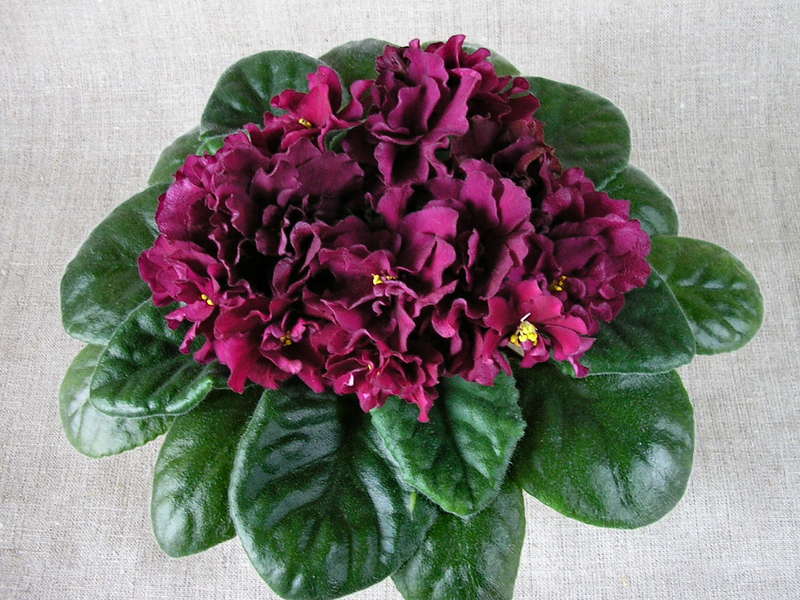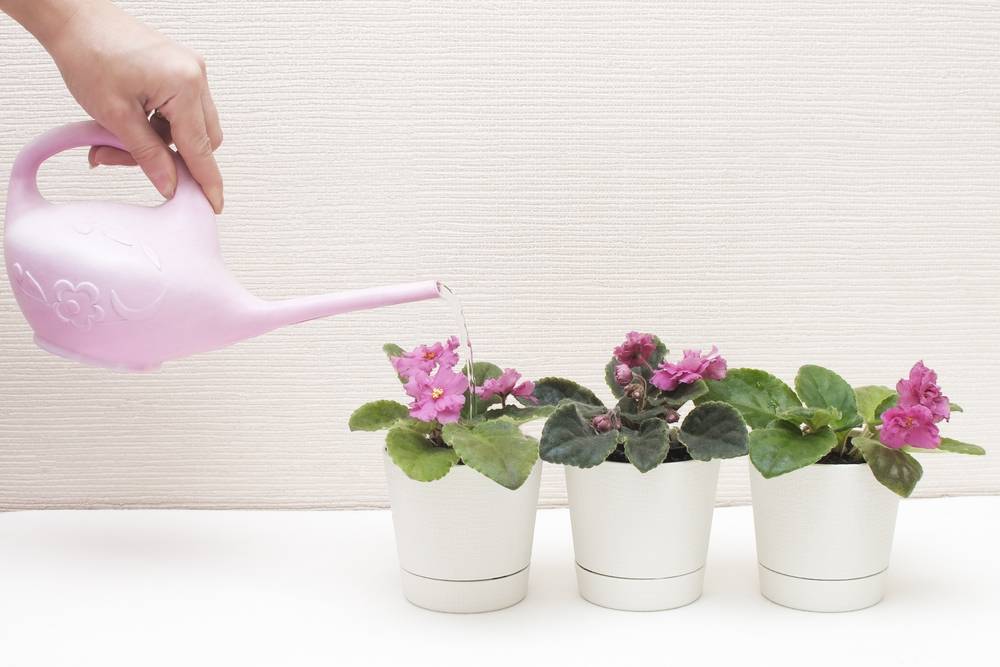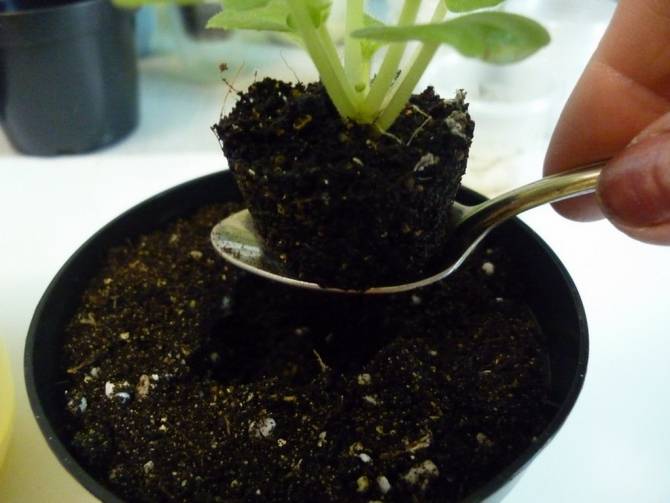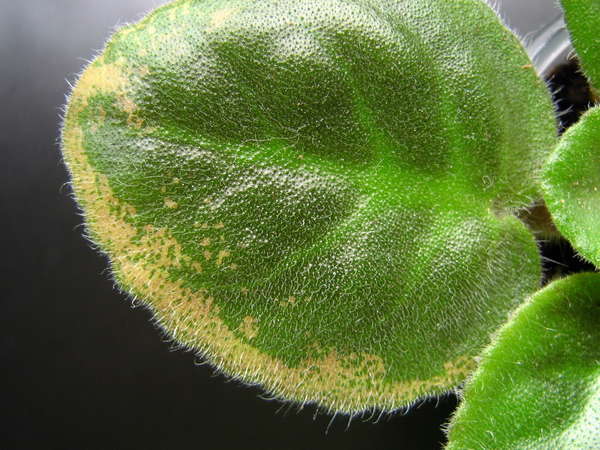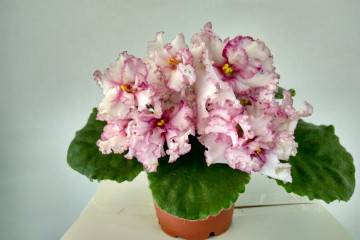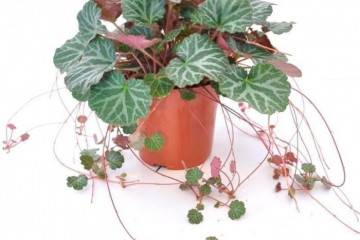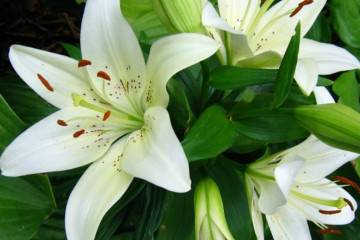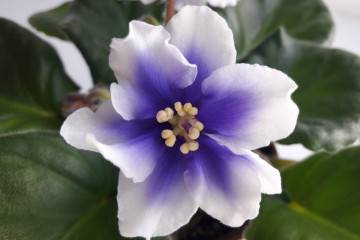Home violet bullfight - flower description
Content:
Violet is a plant loved by many. Unpretentious expressive Saintpaulia can be found in florists in offices, at home, in the country or even in the car. Violet is also used to decorate interiors and as an elegant design solution. One of the many varieties of violet that attracts with its brightness is Bullfight.
Violet is indispensable for creative interior designers. Due to the refined beauty of its flowers and natural splendor, this plant is used in decoration in the Baroque, Rococo and many others. Saintpaulia is also extremely popular with fashion couturiers who use fresh young flowers of various shades to decorate their newfangled clothes.
Characteristics of the variety
Saintpaulia Bullfight stands out among others for its richness of color and velvet-like petals. The flower itself is able to amaze with a multitude of shades, adjusting to any lighting. So you can observe both ruby and brown, as well as blood-scarlet shades. Variety Violet Bullfight Gold can most often be found under the Spanish name "Bullfighting", but do not forget that these plants have some differences.
Bullfight violet has more lush blooms with a halo color, while bullfight violet has monochromatic crimson large flowers. Bullfighting is more popular with European florists than bullfighting.
Also, one of the distinctive and unpleasant features of the variety is the frequent yellowing of the lower leaves of the rosette and their death after the formation of the bud. This factor is not any disease or consequence of improper care. Therefore, you should not overdo it with fertilizers or adjusting the lighting if this defect has been noticed.
Violet Bullfight was bred by Estonian breeder Elena Korshunova. It is for this reason that the names in the catalogs of this variety begin with the letters EK, which are the initials of its creator. The bred Korshunova variety has become popular throughout Russia and the CIS.
Care Features: Violet Bullfight Gold
The plant requires certain care conditions. If you follow them, it will be healthier.
Temperature and humidity
According to the gardeners' reviews, it turned out that this variety of Saintpaulia is extremely capricious in its content. The average room temperature should be warm, but not hot. Maximum 24-25 degrees Celsius, but not lower than 18. Violet does not tolerate drafts, cold and direct sunlight. Also, the plant loves moderate humidity, so the presence of a humidifier in the grower's house will be an advantage. If there is no such technique, then a small container with water, which will always be near the flower, is quite suitable.
Lighting
When it comes to lighting, Bullfight is very controversial. This variety needs constant, even continuous lighting, but by no means direct sunlight. Artificial lighting created by phytolamps is an ideal solution. The optimal location of the violet is the northern or northwestern part of the room, where there is no brightly scorching sun, but it is not cold.
Watering and fertilizing
The plant blooms all year round, so it needs proper watering, for which soft water at room temperature is used. It is important to water the plant carefully, without getting on the leaves, as in the future this can lead to loss of color and sudden rotting of the leaves.
There are the following watering methods:
- upper - using a conventional elongated watering can;
- lower - placing the container with the plant in a container with water for no more than 30 minutes. Thus, the violet itself will take exactly as much water as needed;
- wick - with the help of a special catheter cord, through which water passes directly to the root. This method helps the plant to independently consume exactly the water level that is optimal for healthy flowering.
Every two weeks after watering, the plant must be fed and fertilized. During the flowering period, this variety, like no other, needs an increased level of nitrogen and phosphorus. Therefore, flower growers need to stock up on fertilizers containing potassium or phosphorus in their composition, which will help the plant to correctly form the green mass and buds.
When and how it blooms
Saintpaulia Bullfight has velvety blood-scarlet, purple (sometimes brownish) flowers. The petals are velvety and delicate to the touch, wavy along the edges. The color is uniform, monochromatic, without multi-colored glare. Able to change depending on the lighting in the room. The size of the flowers can reach up to 8 cm and fill the entire rosette area.
The rosette of the variety is quite large. The leaf does not exceed 30 cm in diameter of a light emerald shade with a long petiole. Tight enough.
The violet of this variety blooms all year round, provided that all recommendations for proper care are followed.
During the flowering period, the plant does not need an abundant amount of fertilizer and feeding. For a young violet, proper moderate watering is important, easy removal of dust and other external factors, as well as a regular warm temperature, comfortable for the formation of buds.
Self-reproduction: description
For independent reproduction of violets of the Bullfight variety, three methods are used:
- seminal;
- taking out stepchildren;
- grafting.
Seed propagation is used by flower growers and breeders to develop new varieties. The flowering process is very long and troublesome, therefore it is considered the most difficult of all. The most common propagation of violets by cuttings.
For this, a sprout is used, neatly cut with a pruner, from the second row of the rosette of a fully flowering plant. Next, the cutting is placed in a solution of room temperature from water and activated carbon (methylene blue can also be used) to prevent decay and speed up the process.
Reproduction in the following way requires patience to stimulate the appearance of stepchildren, since this variety does not provide for their development. This process takes place by the adhesion of the dew point of the plant, thereby the saintpaulia begins to form new rosettes, which in turn release daughter ones. The optimal length of stepchildren for subsequent seedlings is 3 cm.
After seedling, it is important to keep the young plant in a greenhouse or create similar conditions. To do this, it is covered with plastic or a bag, after which the process of appearance of new leaves is accelerated. Then the violet is transplanted into a permanent container and provided with the necessary care.
Transfer
Transplanting Saintpaulia must be done every early spring, as the soil becomes depleted. For transplantation, use specialized soil for violets. You can also use a sand-earthen solution with the addition of peat and ordinary soil.
The size of the pot should be deep, but not high, so that the violet root system feels comfortable and does not oxidize. Do not take a pot that is too large, as this can lead to a very long flowering of the violet.
Drainage is always rammed at the bottom of the container to prevent high humidity and mold.
Possible growing problems
Improper transplantation, irregular or, on the contrary, too abundant watering, lack of fertilizers can lead to various fungal and bacterial diseases of the violet variety Fight by bulls gold (golden).
Rapid decay, the appearance of powdery mildew are the consequences of improper temperature and poor lighting in the room. This problem can be prevented only in the early stages by removing all the affected areas and the flower. Next, it must be transplanted into a specialized fertilized soil and provide the flower with the required amount of color and a comfortable temperature.
The violet most often suffers from the following pests:
- spider mites;
- scale insects;
- aphids;
- nematodes, etc.
Thus, caring for a Violet Bullfight is not too difficult. The presence of this flower will have a positive effect on the interior. The plant of this variety is used in modern styles when decorating rooms for rest and work.
